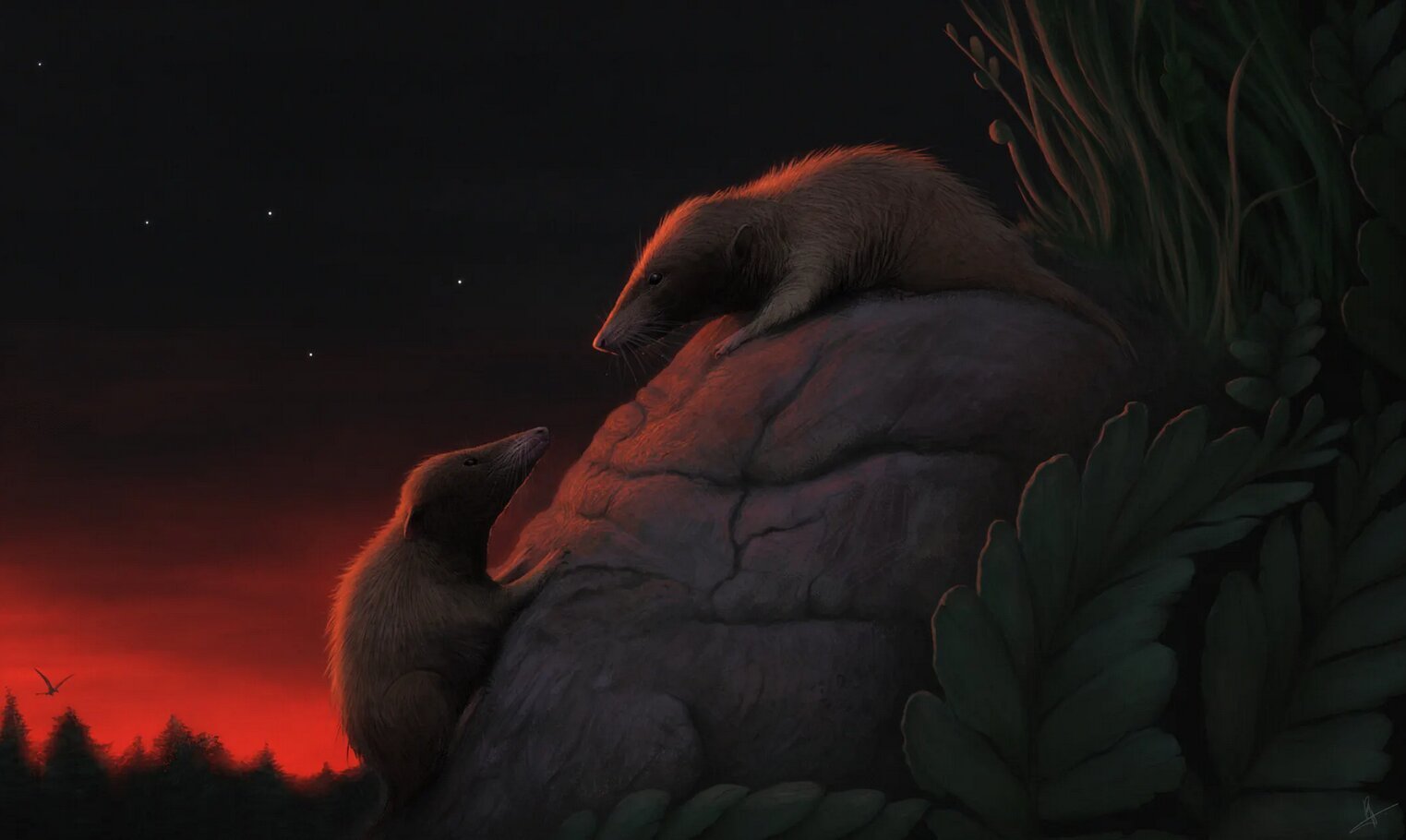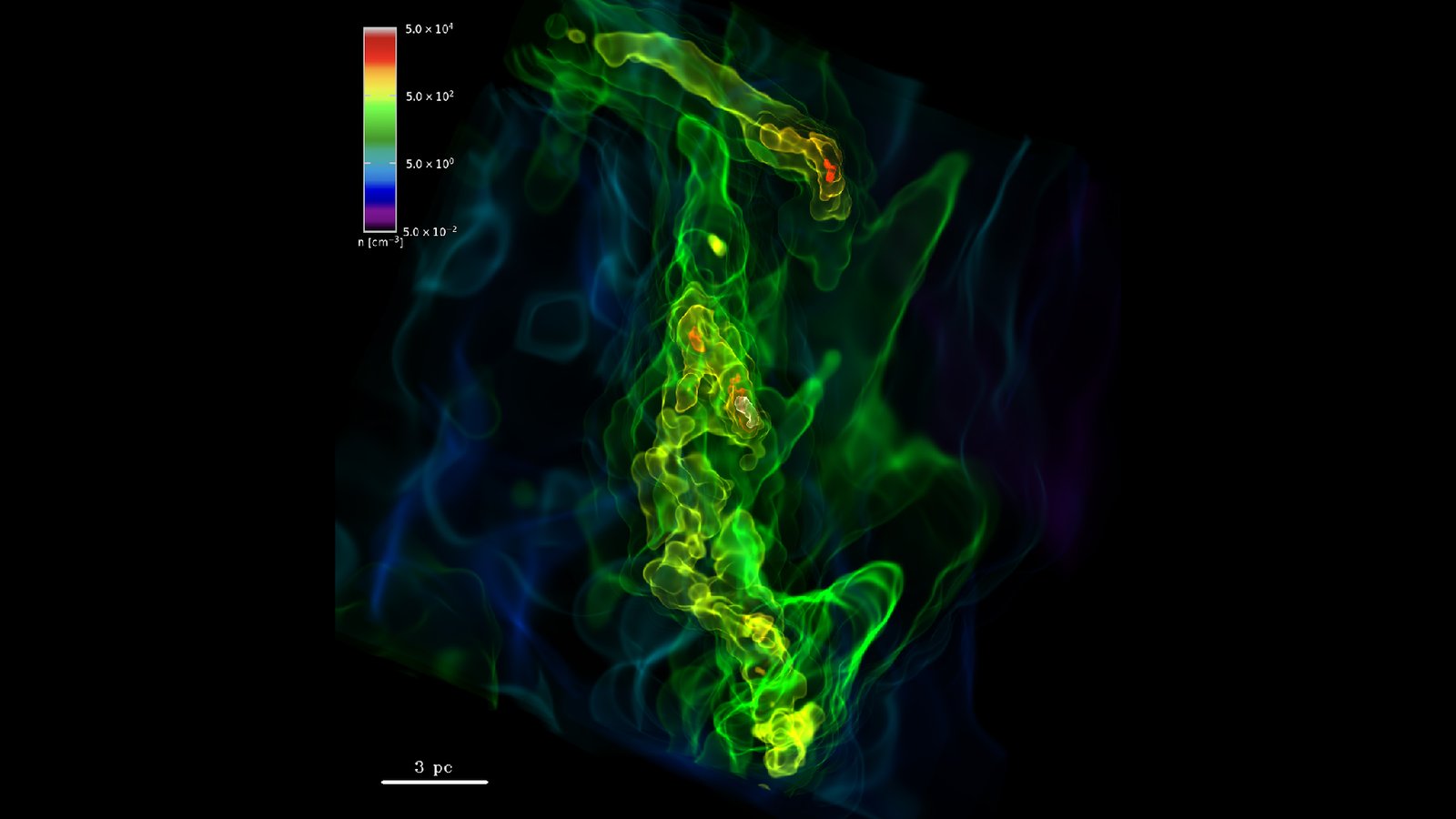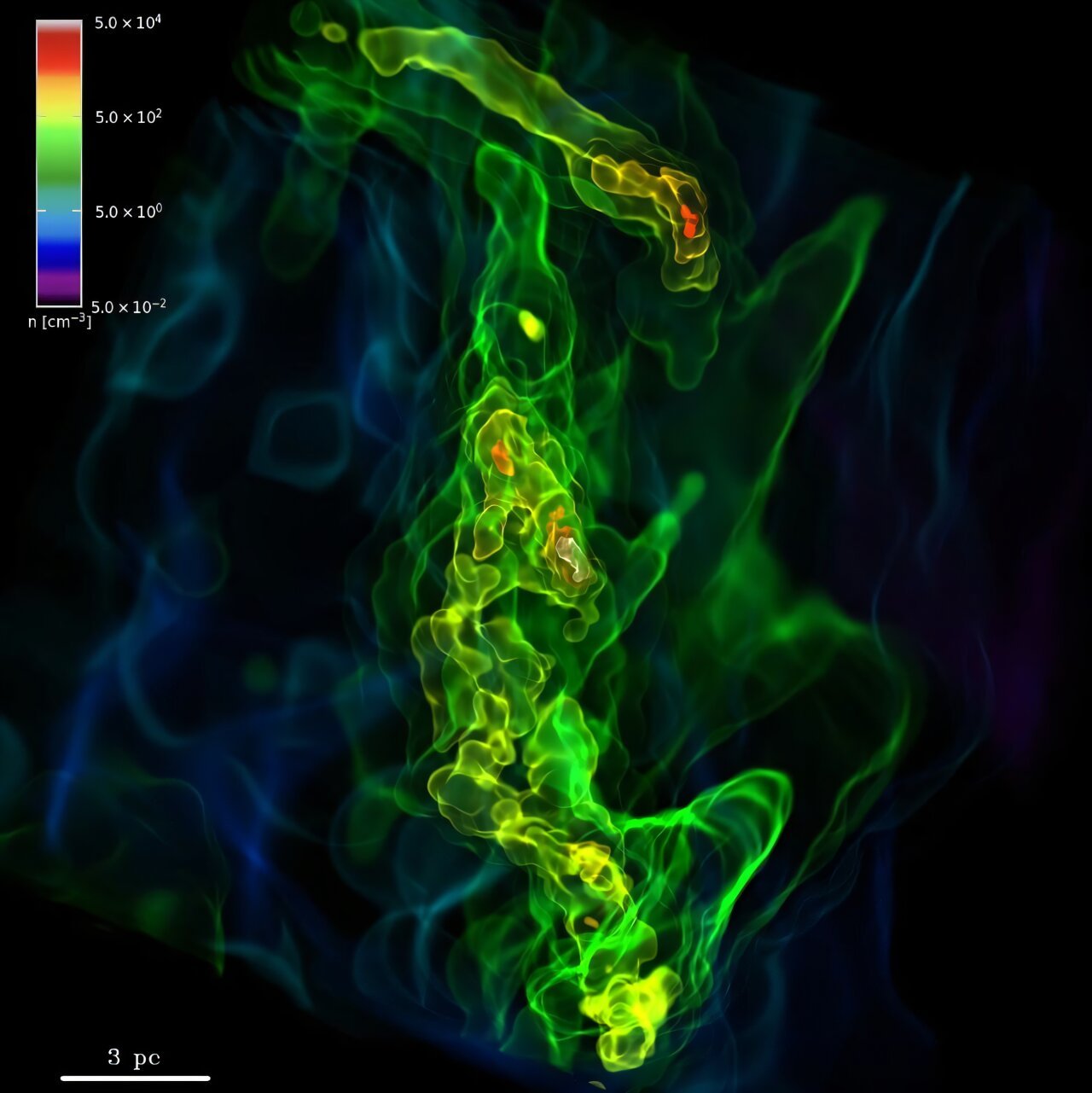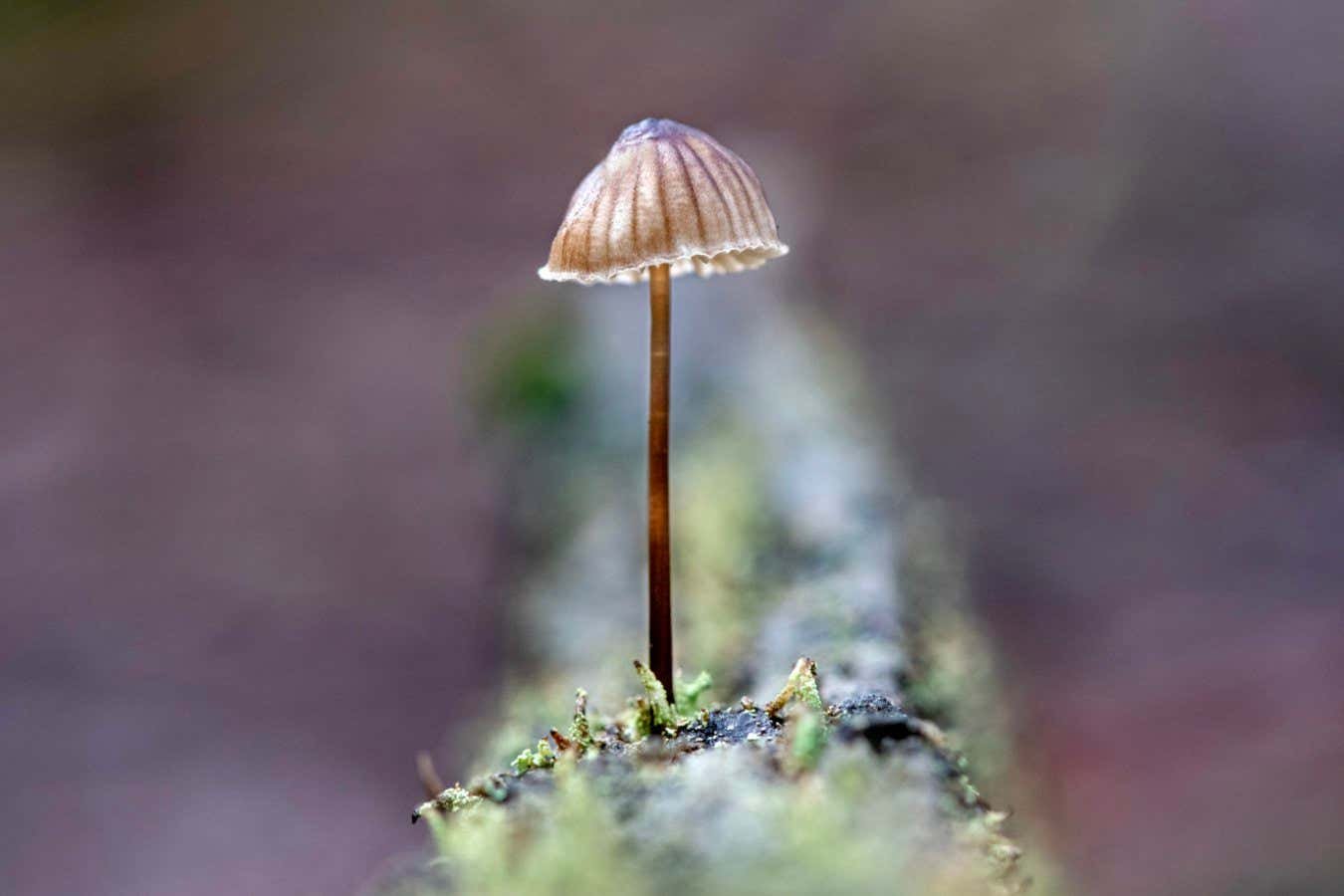
In a recent study by Dr. Sofia Patrocínio and her colleagues, published in Papers in Palaeontology, a new specimen of Docodonta is described.
This fossil represents the earliest occurrence of docodontans, and helps narrow the 40-million-year-old (Myr) gap to 33 Myr.
“Docodontans are one of the earliest groups of mammaliaforms, and have more complex teeth than most other mammaliaforms at this time, with a lot of cusps and ridges, rather than a simple arrangement of only a few cusps in a row,” explained Dr. Elsa Panciroli, one of the authors of the study.
“This probably made them able to eat a wider range of foods, making them more ecologically diverse. By the Middle to Late Jurassic, they are very ecologically diverse—more so than almost any other early mammal group … “
Despite this, no living docodontans or their descendants survive today, although it is not clear what caused their extinction either. Dr. Panciroli elaborates, saying, “It is not possible to say why they became extinct. Extinction is a natural phenomenon that happens, often when conditions change (new habitats, changing climates, altered ecosystems).”
While there is general agreement on where docodontans fit into the broader evolutionary tree of early mammals, there remains some debate on the relationships between different docodont species.
Fossils help provide insight into these evolutionary relationships. “There are very few places in the world where the fossils of terrestrial animals are preserved from the Early to Middle Jurassic. This is why there is such a big gap in our knowledge. It’s a problem not just for the study of mammals, but for all land-living animal groups,” explains Dr. Panciroli.
One place in which such fossils can be found is the Kap Stewart Group (Rhaetian‐Sinemurian, Triassic–Early Jurassic), located in the Jameson Land Basin in central East Greenland.
Here specimen NHMD 1184958 was recovered. The fossil specimen consisted of a single molar, roots of a second tooth, and part of the jawbone.
The preserved tooth was a second molar, which allowed the researchers to identify it to the species level. “Every species of mammal has a different arrangement of cusps and ridges on the teeth, which allows us to tell one species from another,” explains Dr. Panciroli.

It was determined that the tooth belonged to a new species, Nujalikodon cassiopeiae. Further phylogenetic and morphological analyses revealed that this species was either an early member of the Docodonta or its closest relative, rather than belonging to any previously proposed early docodant species.
This made Nujalikodon cassiopeiae an important transitional species for understanding the evolution of early mammaliaforms. Additionally, it was the oldest definitive docodontan so far discovered, narrowing the ghost lineage between early docodontans and later taxa from 40 to 33 Myr.
Furthermore, “this [Nujalikodon cassiopeiae’s teeth] gives us a clue about how their complex teeth may have evolved from the simpler cusp patterns of their ancestors,” elaborates Dr. Panciroli.
Given the fossil’s location, alongside other early forms of the group recovered in Great Britain and France, it is likely that the earliest descendants of docodontans emerged in Europe, before spreading across the northern hemisphere to Portugal, Germany, Russia, China, and the U.S..
More research is needed to fully understand the evolutionary relationships and trajectory of the docodontans, and hopefully, future fossils will provide these insights.
Written for you by our author Sandee Oster, edited by Sadie Harley, and fact-checked and reviewed by Robert Egan—this article is the result of careful human work. We rely on readers like you to keep independent science journalism alive.
If this reporting matters to you,
please consider a donation (especially monthly).
You’ll get an ad-free account as a thank-you.
More information:
Sofia Patrocínio et al, The oldest definitive docodontan from central East Greenland sheds light on the origin of the clade, Papers in Palaeontology (2025). DOI: 10.1002/spp2.70022
© 2025 Science X Network
Citation:
Oldest known docodontan fossil found in Greenland narrows the evolutionary gap (2025, August 8)
retrieved 8 August 2025
from https://phys.org/news/2025-08-oldest-docodontan-fossil-greenland-narrows.html
This document is subject to copyright. Apart from any fair dealing for the purpose of private study or research, no
part may be reproduced without the written permission. The content is provided for information purposes only.




